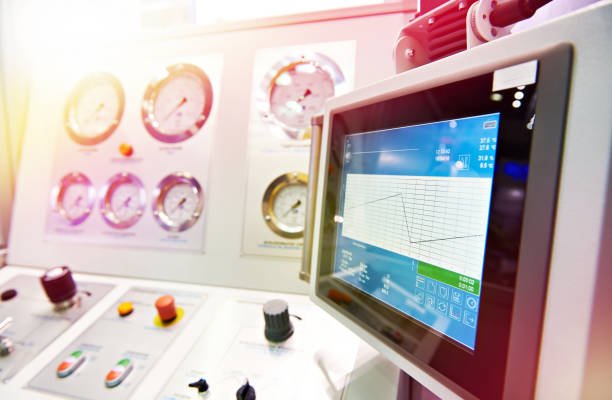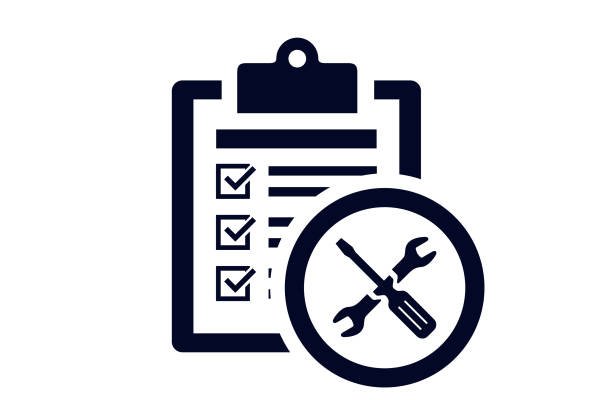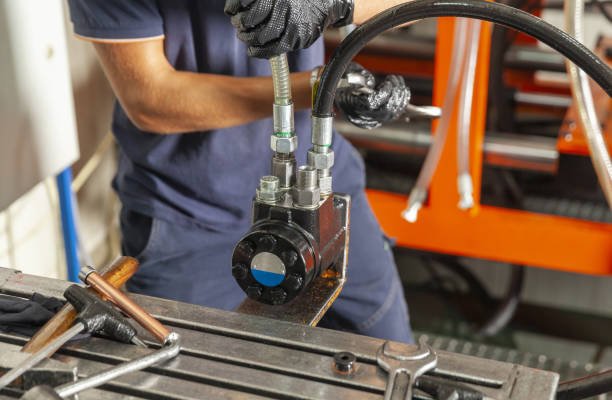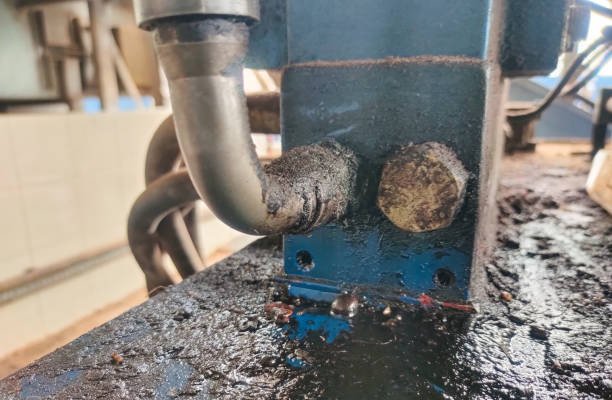Hydraulic systems are the backbone of many industries, from construction to manufacturing. But here’s the deal—like any machinery, they’re only as good as the care they receive. Without regular maintenance, your hydraulic system can falter, leading to costly repairs and downtime. The good news? With a little TLC and some know-how, you can maximize its lifespan and efficiency.
In this post, we’re diving into Hydraulic System Maintenance , sharing practical tips that’ll help you avoid common pitfalls and keep your equipment running like a well-oiled machine.
Why Is Hydraulic System Maintenance So Important?
Hydraulic systems work hard—powering heavy machinery, facilitating precise movements, and handling extreme pressures. Because of this, they’re prone to wear and tear. Regular maintenance helps:
- Prevent costly breakdowns
- Maintain optimal performance
- Ensure safety for operators
- Reduce downtime
Ignoring upkeep can lead to leaks, overheating, or even catastrophic equipment failure. Nobody wants that, right?
Essential Tips for Hydraulic System Maintenance
1. Keep the Hydraulic Fluid Clean
Hydraulic fluid is the lifeblood of your system. Contaminated or low-quality fluid is like poison for your equipment.
- Check fluid levels regularly and top off as needed.
- Use high-quality, manufacturer-recommended fluids.
- Filter or replace fluid if contamination occurs (e.g., dirt, water, or debris).
Pro Tip: A fluid analysis every six months can help identify potential issues before they spiral out of control.
2. Inspect Hoses and Fittings for Damage
Hydraulic hoses and fittings are often overlooked but play a critical role in preventing leaks and ensuring pressure stability.
- Look for signs of wear, such as cracks, bulges, or fraying.
- Tighten loose fittings, but don’t overtighten—that can cause damage too.
- Replace worn-out hoses immediately to avoid unexpected failures.
3. Monitor System Pressure

Consistently running your hydraulic system at incorrect pressure levels can reduce its lifespan significantly.
- Use a pressure gauge to ensure the system operates within the recommended range.
- If pressure readings fluctuate frequently, check for blockages or worn-out components.
4. Clean Filters and Replace Them When Needed
Hydraulic filters prevent debris and contaminants from wreaking havoc inside your system. A clogged filter, however, is as good as no filter at all.
- Inspect filters during routine checks.
- Clean or replace filters as needed, depending on the manufacturer’s guidelines.
- Never ignore the filter indicator—it’s there for a reason!
5. Inspect the Hydraulic Pump and Valves
The pump and valves are at the heart of any hydraulic system. Over time, they can become less efficient due to wear.
- Look for signs of pump cavitation (bubbles, noise, or vibration).
- Test valve functions to ensure they’re operating smoothly.
- Replace damaged components promptly to prevent further issues.
6. Keep It Cool
Overheating is a silent killer for hydraulic systems. Prolonged exposure to high temperatures can degrade the fluid and damage components.
- Check the cooling system regularly (fans, heat exchangers, etc.).
- Keep the surrounding area clean and well-ventilated to avoid heat buildup.
- Consider using a temperature monitoring system for added peace of mind.
7. Create a Maintenance Schedule

You know what they say—failing to plan is planning to fail. A consistent maintenance routine can save you from unexpected headaches.
- Follow the manufacturer’s recommended maintenance intervals.
- Keep detailed records of inspections, repairs, and replacements.
- Train your operators to recognize early warning signs of hydraulic issues.
Hydraulic System Troubleshooting Tips
Even with regular maintenance, things can go wrong. Here are some common problems and their potential fixes:
- Low Pressure: Check for leaks, clogged filters, or a malfunctioning pump.
- Unusual Noises: Look for cavitation caused by air bubbles or low fluid levels.
- Erratic Movements: Contaminated fluid or faulty valves may be the culprits.
- Overheating: Inspect the cooling system and ensure fluid levels are adequate.
Maintenance Checklist for Hydraulic Systems
Stay on top of your hydraulic system care with this quick checklist:
- Inspect hoses and fittings for wear and tear.
- Check hydraulic fluid levels and top off as needed.
- Clean or replace filters regularly.
- Test pressure levels using a gauge.
- Examine the cooling system for proper functionality.
The Cost of Neglecting Hydraulic Maintenance
Skipping regular maintenance might save you time now, but it could cost you big in the long run. Potential consequences include:
- Expensive repairs due to system failures.
- Increased downtime leading to lost productivity.
- Reduced equipment lifespan, meaning higher replacement costs.
A stitch in time saves nine—don’t underestimate the power of proactive care.
Conclusion
Taking care of your hydraulic system doesn’t have to feel like a chore. By following these essential maintenance tips—like monitoring fluid levels, inspecting hoses, and creating a routine schedule—you’ll save yourself from expensive repairs and keep your equipment running efficiently for years to come.
Remember, a little attention goes a long way. Your hydraulic system will thank you with peak performance, lower downtime, and a longer lifespan. So why not start your maintenance routine today?
FAQs
Q1: How often should I replace hydraulic fluid?
A: Hydraulic fluid should typically be replaced every 1,000–2,000 hours of operation or at least annually, depending on the manufacturer’s recommendations and usage conditions. However, regular fluid analysis can help you determine the right time to replace it.
Q2: What’s the easiest way to detect leaks in a hydraulic system?
A: Conduct regular visual inspections and look for signs like oil puddles, wet spots on hoses or fittings, or drops in system pressure. Using a UV dye in the hydraulic fluid can also make leaks easier to spot.
Q3: How can I extend the life of my hydraulic hoses?
A: To prolong hose life:
- Avoid tight bends and kinks.
- Use proper clamps and fittings.
- Perform regular inspections to spot wear or damage early.
- Replace hoses showing signs of cracking or bulging immediately.
Q4: Is it better to perform hydraulic maintenance myself or hire a professional?
A: Basic tasks like fluid level checks and hose inspections can often be done by operators with proper training. However, for more complex issues like pump failures or pressure testing, it’s best to hire a professional to avoid costly mistakes.
Q5: What should I do if my hydraulic system overheats?
A: If overheating occurs:
- Shut down the system immediately to prevent further damage.
- Inspect the cooling system for clogs or malfunctions.
- Check fluid levels and replace degraded fluid if necessary.
- Ensure the system isn’t being overworked beyond its capacity.
Q6: Can I mix different types of hydraulic fluid?
A: No, mixing different types of hydraulic fluid can lead to compatibility issues, reduced efficiency, or system damage. Always use the fluid recommended by your equipment manufacturer.





